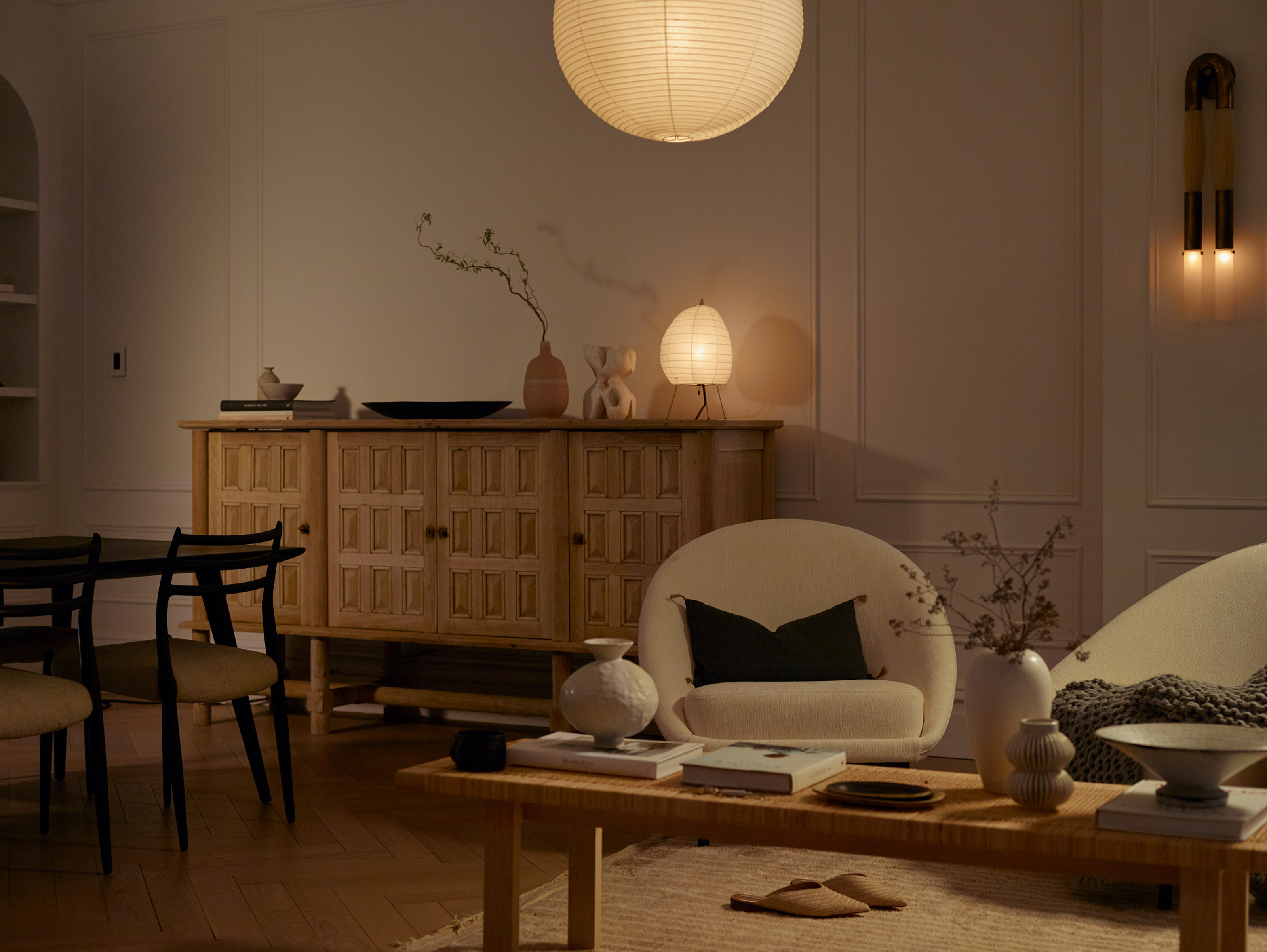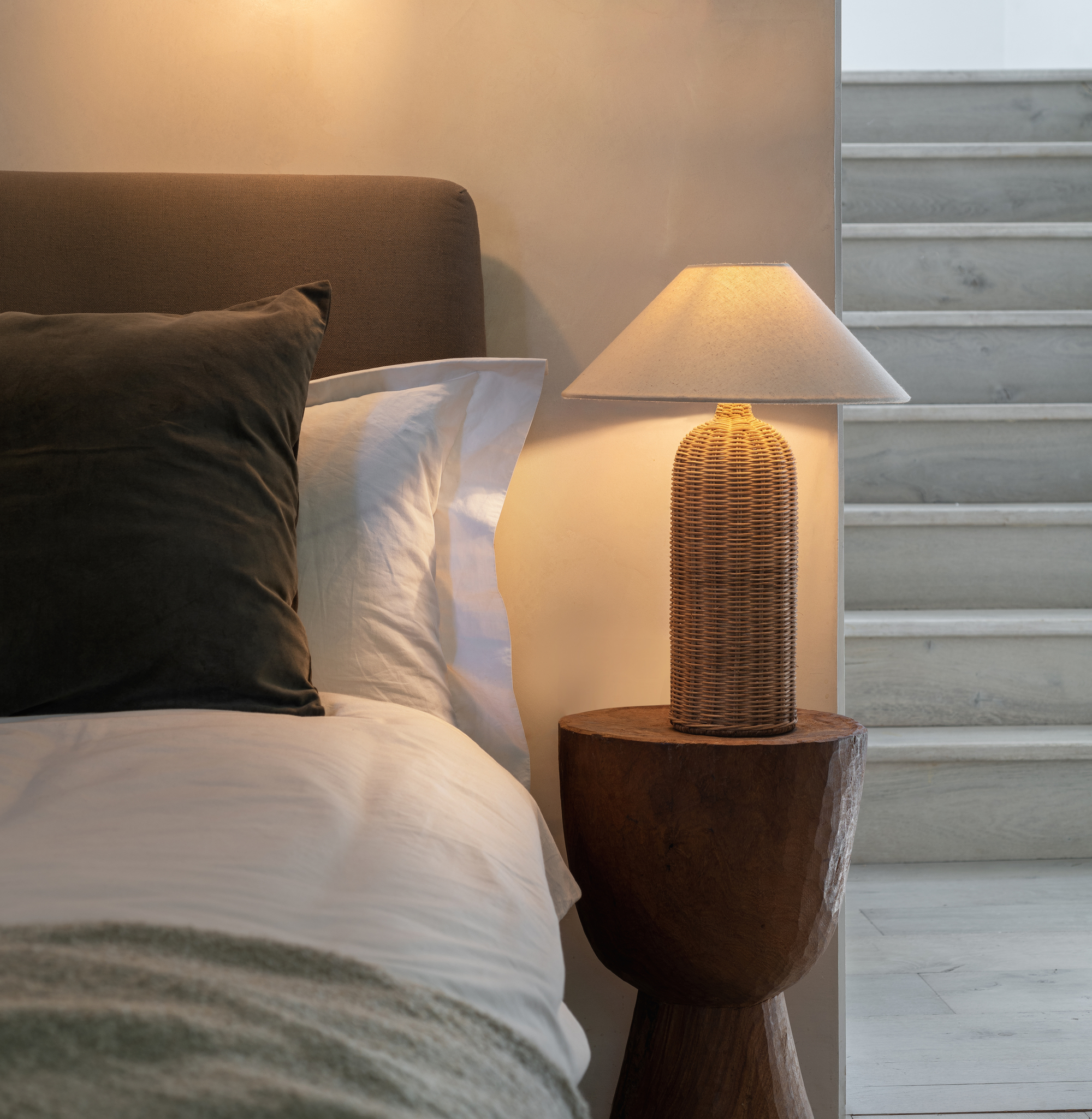How long do LED lights actually last? Experts explain all there is to know about these eco-friendly bulbs
LED lightbulbs are the most energy efficient bulb on the market, but how long will they actually last you? These experts explain


We all know they're the most eco-friendly option for our homes, but how long do LED lights really last? As the world transitions from the traditional filament bulbs such incandescent and halogen varieties, you may have noticed you don't need to replace you bulbs even half as much as you used to. While there's no denying the convenience of this clever innovation, how long will it actually be before you need to buy new ones?
Before we get into it, lets delve into the history of the LED. It's an acronym so familiar that many of us don't actually know what it stands for. If you were wondering, LED starts for Light Emitting Diode. In layman's terms, unlike traditional bulbs that relied on a filament to glow (while also producing heat), LEDs are powered by tiny semiconductors (called diodes), and use flowing electrons to create photons – the basic unit of light.
Although LEDs have been around since 1962, they've only been a staple in our homes and the standard for our living room lighting in the last 15 years. They have several benefits compared to traditional bulbs: they're more energy efficient, more cost effective, they barely produce any heat, they're brighter and, of course, they last longer. But just how long exactly? We've rounded up some electrical experts in-the-know for their answers, as well as the different factors that affect their lifespan.

Lilith is an expert at following news and trends across the world of interior design. She's committed to helping readers make the best choices in their homes through sharing practical tips and guides, and answering all the tech related questions. For this article she spoke with electrical experts to learn how LED lights last and why they're the most eco-friendly option for lighting our homes.
Do LED lights burn out?
When it comes to making your home's lighting more modern, LEDs are the answer. But before we investigate how long they're likely to last, it's useful to know what causes the end of an LEDs life first.
Most of us are familiar with the incandescent bulb which was the most common bulb in our homes before the LED joined the scene. In these bulbs, the tungsten filament that produces light eventually thins and burns out, often making that familiar popping noise. And, if they became too hot, they would often explode in a shatter of glass!
As Adam Roper, renewable energy and sustainability blogger explains: 'Filament light bulbs work by heating up a metal wire until it becomes white hot and emits light. However, this process also causes the metal wire to slowly degrade over time.'
Since LED lighting doesn't rely on filaments, they don't 'burn out' in the same way. 'LED lights work by passing an electric current through a semiconductor material,' adds Adam. 'This produces light without any heat or moving parts, which means there's nothing that can wear out or break over time.'
The Livingetc newsletters are your inside source for what’s shaping interiors now - and what’s next. Discover trend forecasts, smart style ideas, and curated shopping inspiration that brings design to life. Subscribe today and stay ahead of the curve.
However, LEDs aren't immortal. They will eventually start flickering overtime before they stop working altogether.

What affects their lifespan?
You might be left wondering what actually causes an LED to stop working. In fact, there's no definitive answer to this since there are a variety of factors that can affect the lifespan of an LED.
A faulty power supply, voltage fluctuations, loose connections, a faulty circuit, and environmental damage like excessive heat or water can cause an LED to die. However, the biggest factor to affect an LED's lifespan is how often you use them.
Issues caused by a dodgy power supply or loose connection are usually a result of fitting them incorrectly. 'If LEDs are incorrectly fitted, they may run on high electrical currents which could cause problems for the longevity of your lights,' explains Paula Boston, Lighting Expert at Festive Lights. Always make sure your LED bulb is twisted securely into it's socket to avoid this.

So, how long do they last?
So, the question remains, how long does an LED light bulb actually last? The answer is probably longer than you think...
'As technology has progressed, the life expectancy of LED lights has increased significantly,' says Adam. 'On average, an LED light will last around 50,000 hours before it needs to be replaced (much longer than traditional incandescent bulbs, which only have a lifespan of around 1,000 hours).'
The primary reason for this difference is that LEDs are more efficient than traditional bulbs and generate less heat. As Adam explains, this means that they are far less likely to burn out or overheat, causing them to last much longer.
'In general, LED lights should last between 10 and 20 years, although that will depend upon usage,' explains David Walter, an electrician at Electrician Mentor. 'If the light is in use for 12 hours per day or longer, you're looking at closer to 10 years. If used between six and eight hours each day, the lifespan is close to 20.' Besides their energy saving capabilities and longer life span, another advantage of LEDs is that they shine brighter, too.
Yet, it's important to note that the lifespan of LED lights will vary depending on the quality of the product. More expensive LED lights will inevitably last longer than cheap ones as they'll be manufactured better. We think this pack of LEDs, available in different colors on Amazon, is a good choice.

Lilith Hudson is a freelance writer and regular contributor to Livingetc. She holds an MA in Magazine Journalism from City, University of London, and has written for various titles including Homes & Gardens, House Beautiful, Advnture, the Saturday Times Magazine, Evening Standard, DJ Mag, Metro, and The Simple Things Magazine.
Prior to going freelance, Lilith was the News and Trends Editor at Livingetc. It was a role that helped her develop a keen eye for spotting all the latest micro-trends, interior hacks, and viral decor must-haves you need in your home. With a constant ear to the ground on the design scene, she's ahead of the curve when it comes to the latest color that's sweeping interiors or the hot new style to decorate our homes.